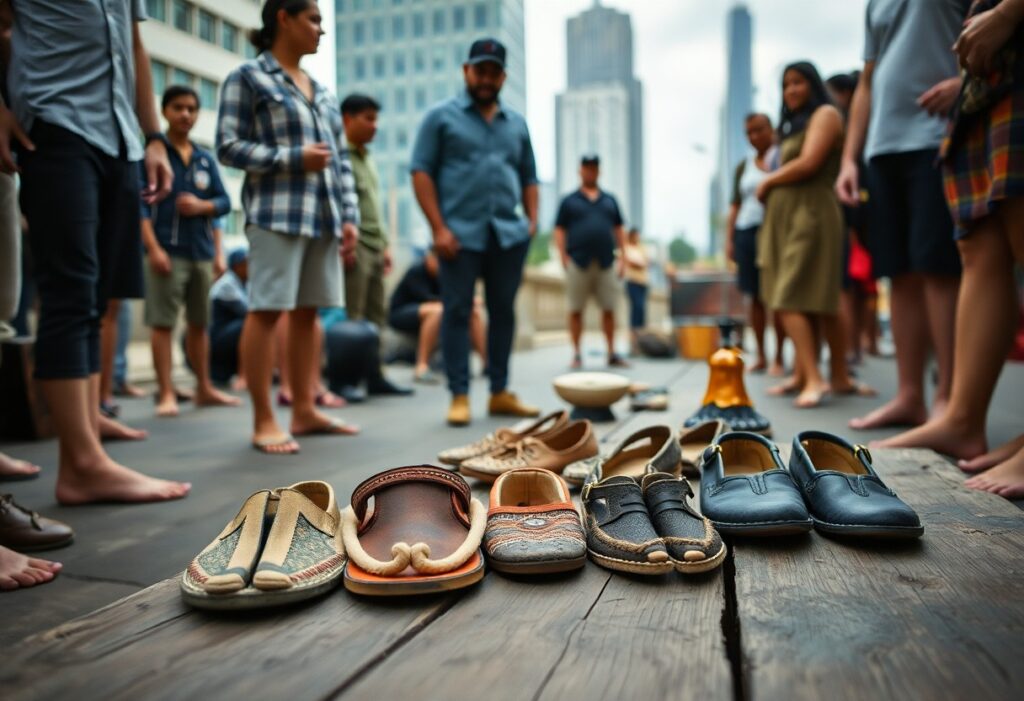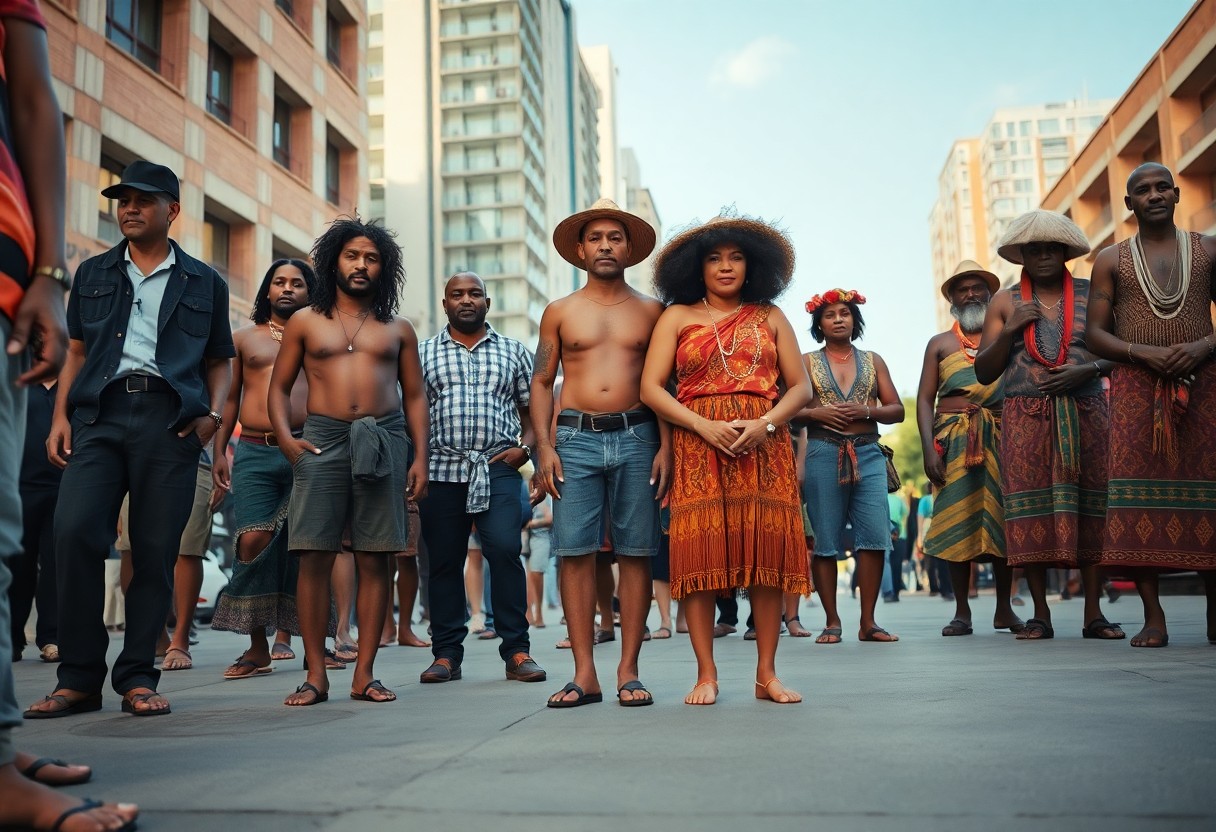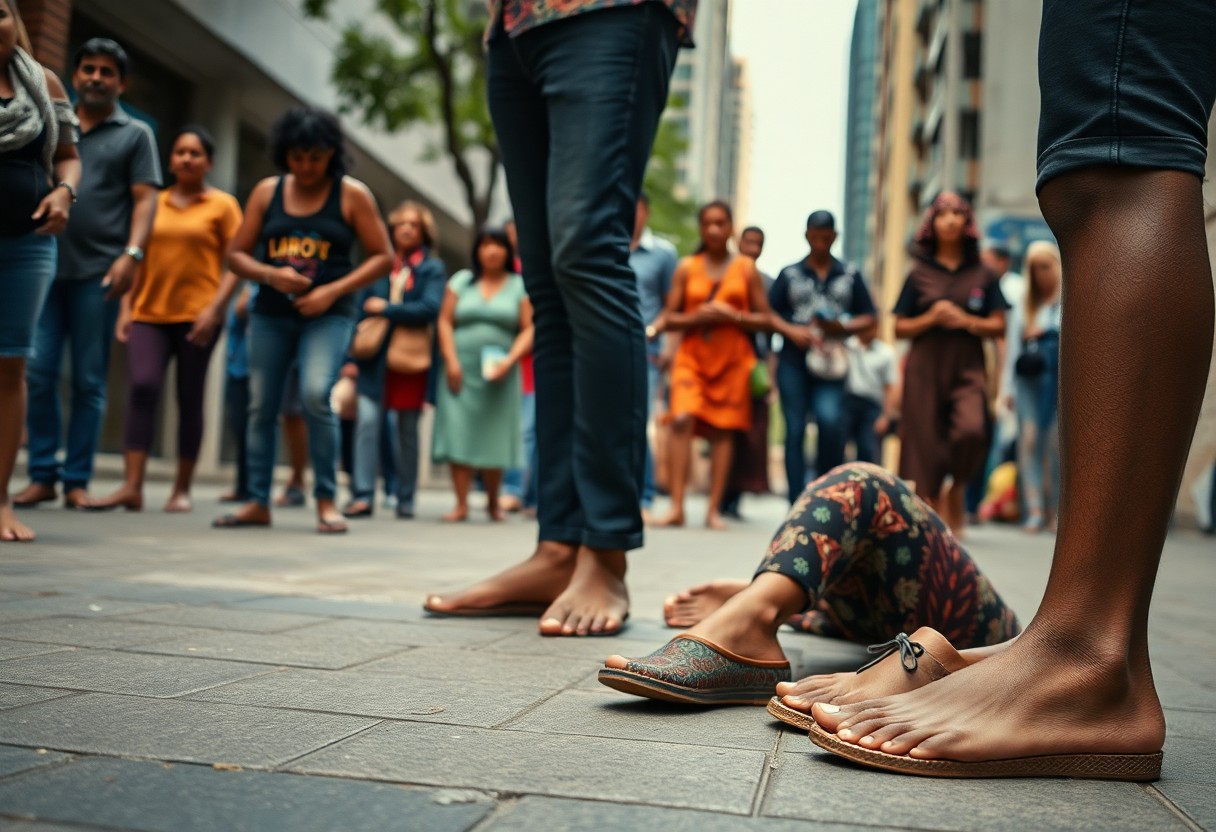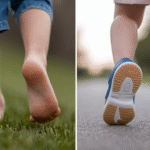
When you explore the realm of <a href="https://myshoesfinder.com/barefoot-footwear-merging-user-searches-and-biomechanics/">barefoot footwear</a> through the perspective of cultural anthropology, you uncover fascinating stories that connect the deep-rooted traditions of Aboriginal cultures to the dynamic urban landscape of today. This exploration reveals how cultural beliefs and practices surrounding minimalist footwear profoundly influence our perceptions of comfort, our relationship with the earth, and the ways we express our identities. By examining these concepts, you not only enhance your understanding of footwear choices but also encourage a deeper consideration of how the shoes we select can reflect our cultural heritage and personal narratives.

Understanding the Link Between Ancient Footwear Practices and Contemporary Innovations
The current footwear market presents a rich tapestry that intricately weaves together ancient traditions and modern innovations, fostering a growing appreciation for barefoot footwear. This journey pays homage to traditional indigenous techniques while adapting them to fit seamlessly into your contemporary lifestyle. Recognising the significance of historical practices allows you to discover an inspiring fusion of cultural respect and practical aesthetics in your daily footwear choices, enriching your personal style and honouring the legacy of the past.
Examining Indigenous Foot Conditioning Techniques Versus Modern Practices
Globally, indigenous cultures have employed specific conditioning techniques to strengthen their feet for various terrains, utilising methods such as walking barefoot over diverse surfaces to fortify the arches and muscles in ways that many modern interpretations often overlook. Today, while you may come across minimalist footwear designed to replicate these effects, they seldom provide the authentic experience of true contact with the earth, which is vital for developing natural foot strength and flexibility. By appreciating the roots of these practices, you can better understand the health benefits of genuine barefoot experiences.
Charting the Evolution of Military Footwear: From Ancient Caligae to Modern Tactical Boots
The narrative of military footwear encapsulates a fascinating tale of adaptation and innovation, evolving from the robust Roman caligae, designed for durability and traction, to contemporary tactical boots that blend protection, agility, and comfort. A closer examination of these transitions reveals a consistent theme: in challenging environments, functionality is paramount, necessitating equipment that enhances soldiers' endurance and mobility.
The Roman caligae exemplified a sophisticated response to military requirements, crafted from durable leather with an open-toe design that allowed for ventilation. This ancient footwear featured thick soles that effectively absorbed shock and provided essential traction, crucial for survival in combat scenarios. Fast forward to the modern day, and tactical boots have evolved to incorporate advanced materials such as Kevlar and waterproof membranes, enhancing their durability and performance. Today's designs also integrate padded collars and state-of-the-art cushioning systems to reduce injury risk during intense military activities. By recognising the heritage of military footwear, you can appreciate how these historical styles have paved the way for contemporary innovations, merging tradition, practicality, and cutting-edge technology to meet the demands of today’s military personnel.

Investigating the Distinctions in Footwear Choices Between Urban and Rural Environments
The contrasting footwear selections between urban and rural settings reveal significant cultural and practical distinctions. Urban areas typically prioritise style and brand identity, whereas rural locations often focus on practicality and durability. As barefoot footwear gains traction, urban dwellers increasingly adopt its minimalist design, viewing it as both a fashion statement and a pathway to perceived health benefits. In contrast, rural individuals may express scepticism, influenced by traditional norms and the practical demands of their surroundings.
Identifying Emerging Trends in Urban Acceptance of Barefoot Footwear
In metropolitan landscapes, a notable trend towards embracing barefoot footwear is emerging, with adoption rates rising steadily over the past decade. This shift is driven by various factors, including heightened health awareness, an increasing interest in natural movement, and the impact of fitness trends such as yoga and running. Surveys indicate that approximately 35% of urban residents have actively sought out barefoot-style shoes, highlighting a cultural transition towards embracing innovative body mechanics.
Understanding Gender-Based Adoption Challenges: Who is Leading the Movement?
Gender dynamics play a crucial role in the acceptance of barefoot footwear, with distinct motivations influencing the choices of men and women. Women often face greater societal pressures related to fashion and aesthetics, which may impede their willingness to adopt minimalist styles. In contrast, men may be more motivated by the performance and health benefits associated with these shoes, resulting in higher adoption rates among male demographics.
A deeper exploration into the gendered aspects of barefoot footwear adoption reveals the significant influence of societal expectations on women’s choices. Women frequently navigate a landscape where ideals of beauty and fashion overshadow practical health advantages. For instance, research shows that approximately 45% of men in urban areas are inclined towards barefoot shoes, compared to only 30% of women. Female consumers often grapple with balancing form and function, prompting greater caution as they weigh the aesthetics of barefoot footwear against their comfort and support needs. By empowering women through targeted awareness campaigns and showcasing stylish barefoot options, the willingness to embrace this trend could rise, potentially transforming urban footwear narratives and promoting inclusivity across genders.

Innovative Developments Shaping the Future Landscape of Barefoot Footwear
As the demand for barefoot footwear continues to escalate, pioneering technologies are set to revolutionise your approach to comfort and performance. Progress in materials science and personalised fitting techniques are poised to not only enhance functionality but also tailor your walking experience, seamlessly blending traditional wisdom with modern design principles. You are entering an era where your footwear is as unique as the journey it accompanies, leading to improved comfort and performance.
Achieving Customisation Through 3D Scanning: Creating the Ideal Fit
The emergence of 3D scanning technology is transforming the customisation process of barefoot footwear, enabling a precise fit that conforms to your unique foot shape. Rather than being limited to standard sizes, your shoes can be intricately designed to match the contours of your feet, significantly enhancing comfort and reducing injury risk. Custom-fit options not only elevate your walking experience but also make barefoot shoes more accessible to individuals with diverse foot shapes and sizes, ensuring that everyone can benefit from this innovative footwear.
Integrating Smart Sensors: A Glimpse into the Future of Footwear Technology
The incorporation of smart sensors into barefoot footwear is on the verge of reshaping the industry by embedding technology directly into the soles. These innovative features can monitor various metrics, from distance travelled to foot pressure, providing you with invaluable insights to optimise your walking or running routines. With real-time data at your fingertips, you can adjust your activities to enhance performance and ensure your safety.
Imagine having access to real-time analytics while you walk or run. Smart sensors can track your gait, alerting you to any irregularities that might result in injury. Some forward-thinking brands are already developing footwear capable of analysing your foot's impact on different terrains, offering tailored recommendations for style or cushioning modifications on the go. This groundbreaking integration merges smart technology with the traditional barefoot philosophy, ensuring that you maintain a natural stride while leveraging the latest advancements in wearable technology. The potential for enhancing sports performance, rehabilitation, and everyday comfort is boundless, fundamentally redefining how you engage with your surroundings with every step.
Reflecting on the Evolution of Barefoot Footwear
Your journey into the cultural anthropology of barefoot footwear reveals a rich narrative interwoven from the threads of Aboriginal traditions to modern urban practices. By embracing the principles of natural movement and a profound connection to the earth, you gain insights into how this footwear philosophy transcends mere fashion, significantly influencing lifestyle choices and community values. As you contemplate these diverse perspectives, consider how your footwear selections can embody and promote a deeper understanding of cultural heritage and adaptability in the context of today’s world.
The Article Cultural Anthropology of Barefoot Footwear: From Aboriginal Traditions to Modern Urban Adoption appeared first on My Shoes Finder
The Article Cultural Anthropology of Barefoot Footwear: Traditions to Today Was Found On https://limitsofstrategy.com






